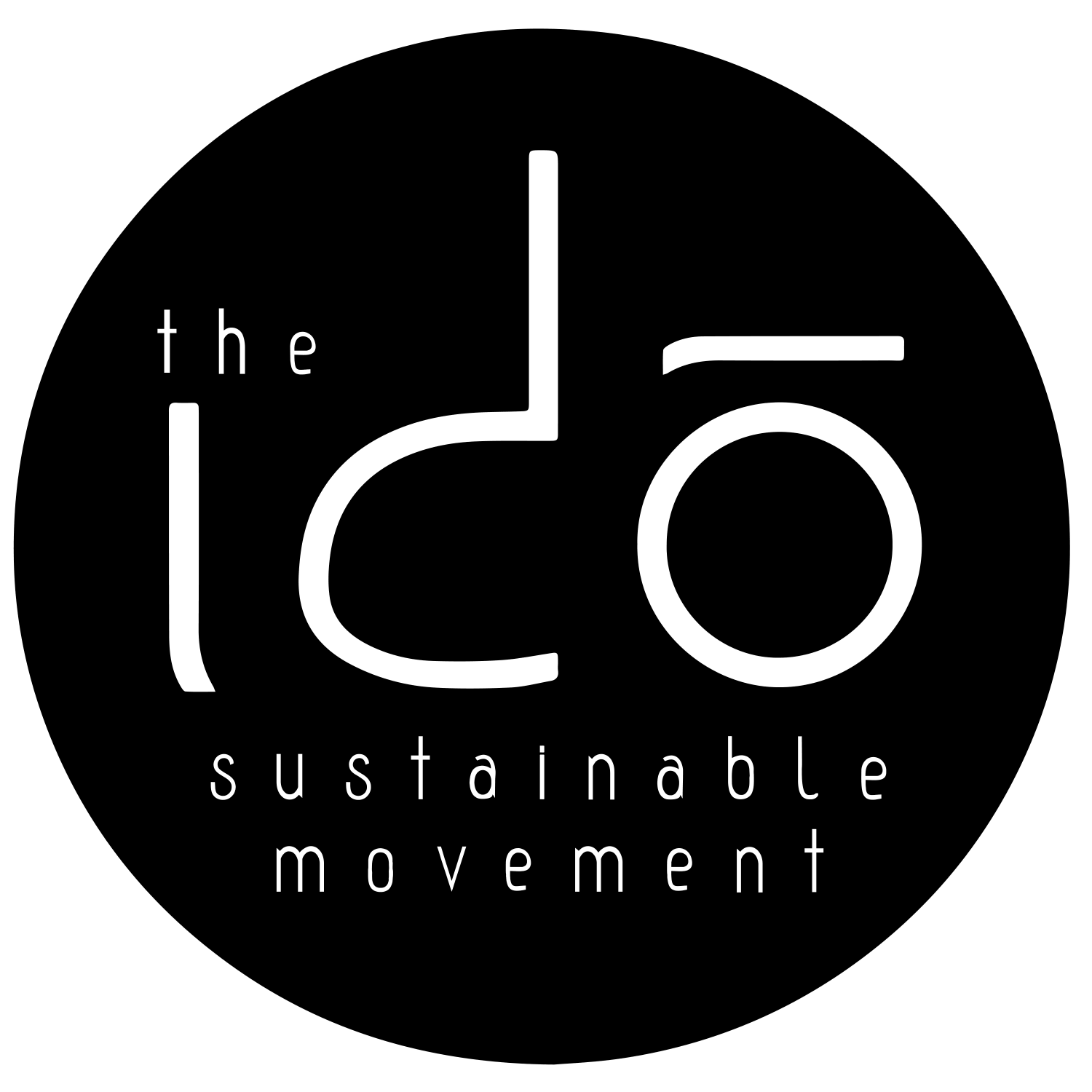Why a sustainable future for fashion is its only future
Share

Just a few years ago, the call for industries to become more sustainable seemed to arise from a mere fraction of society. The reality of climate change as a global phenomenon was a topic of fierce debate. Now, in the wake of the dramatic spike in natural disasters, the world is waking up to the fact that building a sustainable future is not in the interests of a select few. Building a world that is run by industries that do not cause irreparable harm to people and the planet is in the best interests of all living beings.
Focus on fashion
It may come as a surprise that fashion is one of the top five most polluting industries in the world; taking its place alongside the likes of the oil and gas industry, agriculture and transport. In earlier centuries, owning multiple pieces of what could be considered ‘fashion,’ was a privilege of society’s elite classes. But, with the onset of the First Industrial Revolution and the rapid technological development that followed, fashion went mainstream.
By the early 1990s, everyone could own an entire closet full of clothing, shoes and accessories. These were the formative years of the fast fashion industry when retail brought fashion to the masses.
Fast forward to the twenty-first century and the beast that is fast fashion has become a gargantuan force. On the plus side, fashion has become more widely accessible. But, there is always a price to be paid. And the cost of fast fashion impacts human beings and the earth in ways that we are only now coming to understand.
The planet pays the price
On a daily basis, millions of items of discarded clothing enter landfills around the world as unrecycled waste. Harsh chemicals and dyes used to make the denim that the world has become so fond of; or the leather everyone wants to own, pollute rivers and waterways. Rural communities that rely on these sources of water are negatively affected and have been for generations.
Recent headlines have demonstrated how the use of microplastics by the fashion industry are causing mass destruction to ocean ecosystems, affecting invaluable parts of a system that helps the planet to keep sustaining life. Fumes and smoke produced by manufacturing plants contribute to the emission of greenhouse gases. And the list goes on.
To put this impact into perspective, here are a few fast facts that provide a snapshot of the current reality:
- According to the United Nations Environment Programme (UNEP), 20% of global wastewater comes from textile dyeing alone.
- According to climate action NGO, WRAP, buying just one white cotton shirt produces the same amount of emissions as driving 35 miles in a car.
- The fashion industry is responsible for 8% of carbon emissions (UN Environment).
- The textile sector still represents 10 to 20% of pesticide use (The State of Fashion, McKinsey).
- 5% of the fabric used in production is wasted, and 57% of all discarded clothes end up in landfill (Gitnux).
Another dimension: the wellbeing of workers
But, it’s important to remember that while the notion of sustainability may have been framed in a somewhat one-sided way over the past few years, the narrative around this issue is beginning to change and expand. Because sustainability does not only concern the health and conservation of the planet. Sustainability also concerns the health and wellbeing of people and local communities.
Arguably the most pivotal event that brought this issue to the forefront of public discourse, was the 2013 Rana Plaza factory collapse. The building; which housed five garment factories and was based in Dhaka, Bangladesh, collapsed and killed over 1100 workers. Signs that the building was in dire need of maintenance and was an unsuitable and unsafe working environment had become evident many years before the collapse. But factory owners; completely indifferent to the plight of their employees, ignored the signs and ultimately caused one of the most tragic events in fashion history. Since 2013; urged on by this cataclysmic event, initiatives like Fashion Revolution have taken up the mantle of advocating for human rights in the fashion industry.
Unbeknownst to the general public, the fast fashion industry has been built on the shoulders of underpaid, overworked artisans. The conditions under which they work equate to modern slavery. And despite several calls for the observance of international human rights, factories all over the world continue to abuse and exploit people; and even children, for the sake of profit. The call for a sustainable future must therefore include the human dimension.
Artisans need to be compensated fairly for their labour, appreciated for their skill and offered a working environment that is safe and secure. These should be the fundamental building blocks of any industry and yet in fashion, it is certainly not yet the case.
More and more, the awareness around the need to build a more sustainable future for fashion is taking root. Major clothing chains
have launched their own ‘green’ lines and some of the world’s fashion capitals have instituted industry standards that designers need to comply with in order to enter major fashion events.
Looking ahead
But, there is still much ground to be covered. What is most encouraging is that the call for sustainable fashion has catalysed the emergence of new textile production industries. Today, several manufacturers around the world have found ingenious ways to make fabric from discarded waste and the plastic that ends up in landfills and the ocean. Hemp, bamboo and sustainably produced linen are some of the alternatives used by retailers like ourselves. The good news is that not only are these fabrics more sustainable, they are also designed and manufactured for longevity and durability, meaning more wear and less waste.
The sustainability agenda is one that is very close to our hearts and the hearts of our customers.
Every piece of sustainable fashion bought is a vote for a better future. Remember that, and vote wisely.

